Digital Completions in Plant Modifications and Upgrades
Unlike greenfield or any new build construction projects, plant modifications and upgrades present a unique set of challenges. Work is carried out...
3 min read
 Lisa De Vellis, PE
:
Mar 23, 2023 12:29:51 PM
Lisa De Vellis, PE
:
Mar 23, 2023 12:29:51 PM

The steel industry emits over 3 billion tonnes of carbon dioxide annually. The most abundant and worrying greenhouse gas, carbon dioxide sticks around trapping heat in the atmosphere for hundreds if not thousands of years. If steel were a country, it would be the third largest offender behind China and the US. With low-carbon steel making headway, industrial construction is positioned to not only source but to manage materials responsibly throughout the supply chain.
Steel is made from iron, an essential element of life and a non-renewable resource. The fourth most common Earth element behind oxygen, silicon and aluminum, iron is combined with carbon and small amounts of other elements (silicon, phosphorous, sulfur and oxygen) and heated to temperatures above that of lava, to convert it into steel, which is 1,000 times stronger than iron.
Energy use in industry accounts for nearly one-quarter of global greenhouse gas emissions; over 7 percent alone from the manufacturing of iron and steel.
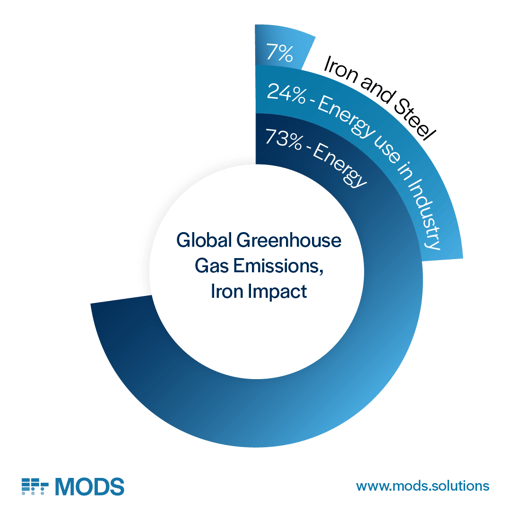
Steel is infinitely recyclable without degrading its quality. So much so that new steel contains, on average, 30 percent recycled steel. There are now over 3,500 different grades of steel, most of which have only been developed over the past 20 years, and all having different properties to allow for different shapes, thicknesses and uses.
Despite being infinitely recyclable, steel making pollutes, emitting around 1.9 tonnes of CO2 gas for every tonne of steel produced.
Energy assets are typically constructed out of steel. As an example, for an offshore O&G platform constructed out of 20,000 tonnes of steel, the steel-making process alone would account for 38,200 CO2 emissions. Renewables are not exempt from this steel impact.
For example, a single wind turbine is constructed out of at least 300 tonnes of steel and, thus, around 67 turbines would require the equivalent amount of steel to the aforementioned platform, with the equivalent environmental impact. Wind farms vary considerably in size, but can easily be in the hundreds if not thousands of wind assets – the largest wind farm consists of 7,000 turbines. That’s a lot of steel. And a lot of CO2 emitted from the steel-making process alone.
The above figures are merely related to the production of the steel itself, having nothing to do with the other forms of embodied carbon throughout the supply chain and construction processes. In short: it’s time to make steel green.
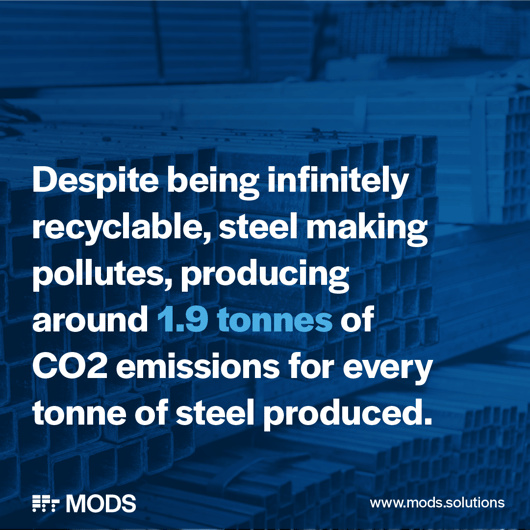
Green steel refers to the decarbonization of the steel-making process, moving towards more environmentally friendly and sustainable methods including the conversion of blast furnaces. Lots of interesting research in this arena promises a significant impact. In fact, steel’s carbon footprint is predicted to drop by a whopping 30 percent by 2050. This is extremely positive.
But as steel-making technology evolves towards decarbonization, there is more that ought to be done downstream to mitigate the environmental impact of this ubiquitous material. What this evolution comes down to for the purposes of industrial construction is materials management including fabrication processes.
Low-carbon steel manufacturing is one thing, and an important thing at that. But we’d be remiss to assume that is where steel’s only environmental impact comes from. Embodied carbon in steel downstream of the manufacturing phase, from fabrication through construction execution processes cannot be ignored.
The steel industry itself is incentivized to decarbonize, apparently risking an estimated 14 percent of its corporate value if unable to decrease its environmental impact. This is certainly one, though not the only, incentive for the green steel movement.
But downstream actors – fabricators, Asset owners and EPC contractors – must do their part in the responsible handling of this essential material by reducing its embodied carbon from the time they take ownership of the steel.
In response to decarbonization of the steel industry, the downstream construction can be addressed through the implementation of innovation and technology. Given the pressures for decarbonization across the board, engineers are designing lighter, less resource-intensive Assets. Less steel used immediately translates to a lower carbon footprint of the Asset at large. That’s an important step, certainly.
Regardless as to Asset design, however, honoring the integrity of the most recycled material in the world demands handling the material with care. This, in turn, means streamlining workflows, and minimizing the transport and handling of steel (and, frankly, of all materials).
Given construction’s massive environmental footprint, the industrial sector is well positioned to honor the green steel movement, with a check-mate through their own decarbonization initiatives.
EPC contractors and Owner-Operators, both, are in clear positions to lessen steel’s negative environmental impact through intelligent Asset design, responsible sourcing of materials and embodied carbon reduction.
Digitalizing materials management processes throughout an Asset’s lifecycle, from fabrication through construction, maintenance and eventual decommissioning, further reduces steel’s environmental impact and reinforces sustainability principles. Digital solutions in this vein eliminate unnecessary handling and transport of the material, which is where much of the embodied carbon comes from.
The decarbonization of steel ought to be mutually reinforcing throughout its lifecycle. In principle, any embodied carbon accumulated by steel throughout the fabrication, construction and decommissioning processes effectively becomes part of its DNA, carrying through to its future incarnations when it’s eventually melted back down for reuse.
When this process is repeated ad infinitum, the essential nature of how steel is handled throughout an Asset lifecycle becomes clear. With digital solutions in place, this impact is minimized. Even over one Asset’s lifecycle, this makes a big difference. But imagine the amplified effect over the entire lifecycle of the steel itself. As green steel manufacturing upscales, so too ought the decarbonization of this ubiquitous material’s downstream handling.
For digital solutions to reduce the embodied carbon of materials in your industrial projects,  .
.
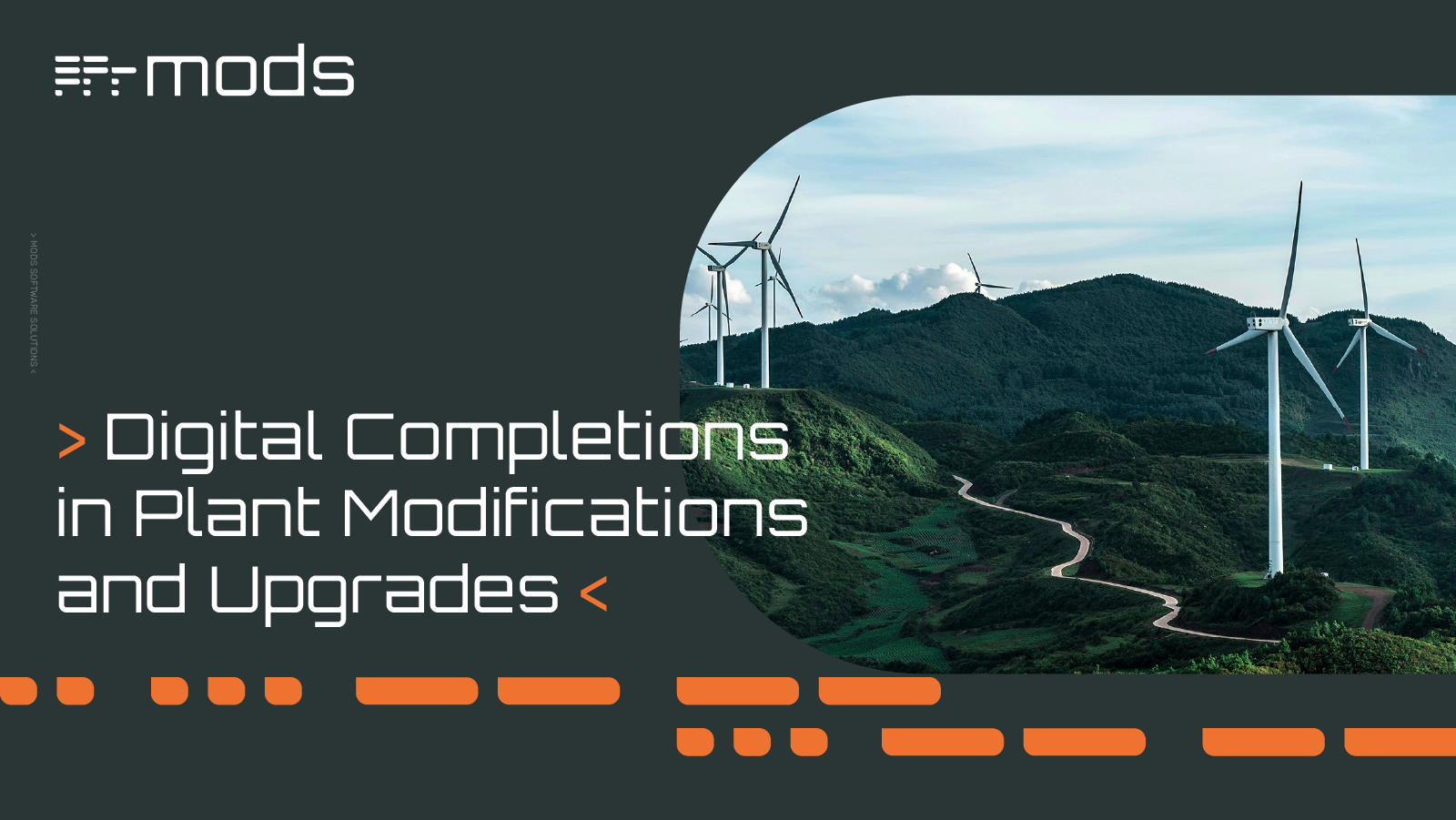
Unlike greenfield or any new build construction projects, plant modifications and upgrades present a unique set of challenges. Work is carried out...

Turnarounds and shutdowns are among the most critical—and stressful—phases in the management and operation of industrial assets. These planned...
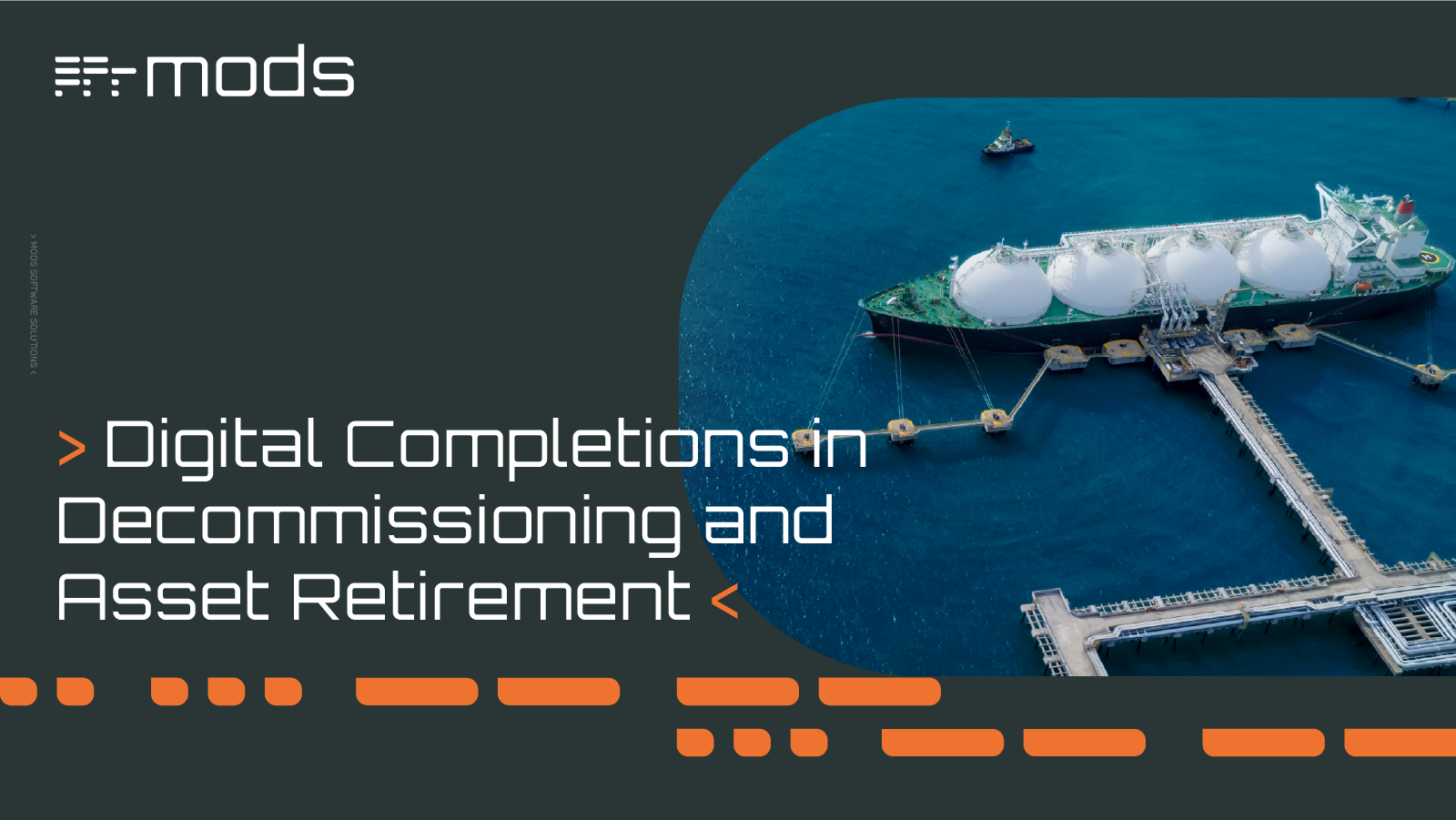
Offshore decommissioning and asset retirement present significant logistical, regulatory, safety, fiscal and reputational challenges. The process of...
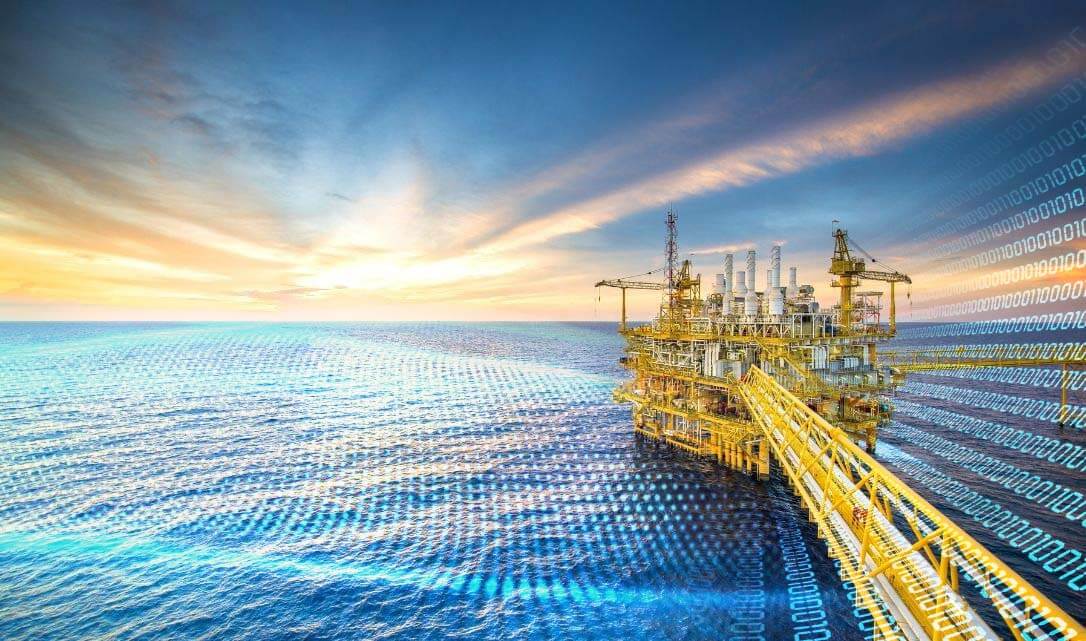
One of the most important planned events for any onshore or offshore facility is when production and operation are halted completely. This process,...

One of the key challenges towards improving efficiency is the management process used for maintenance and modifications. Historically this type of...
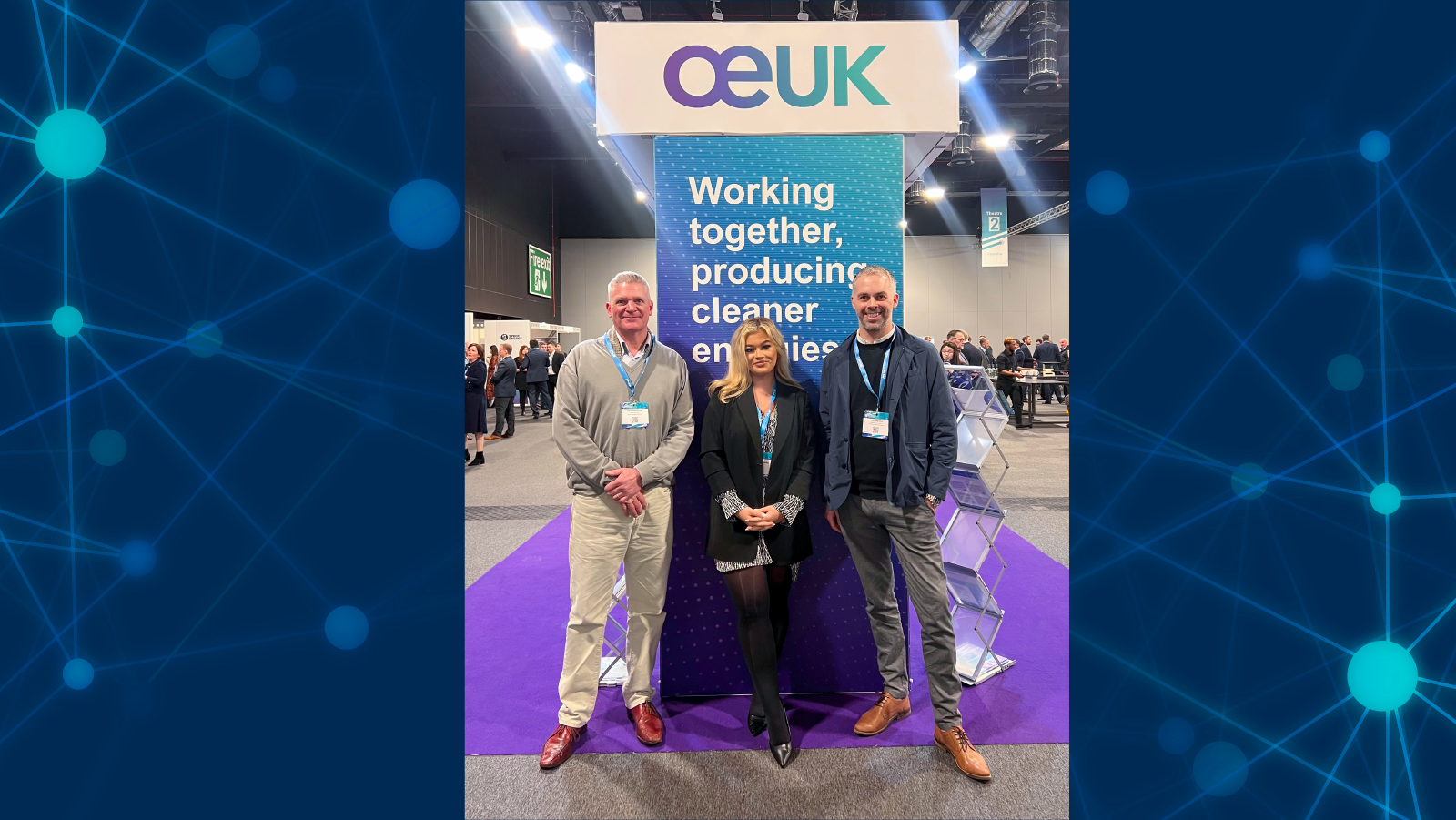
MODS recently attended the OEUK Share Fair in Aberdeen, which returned after a five-year hiatus. Offshore Energy (OE) UK is a representative body for...